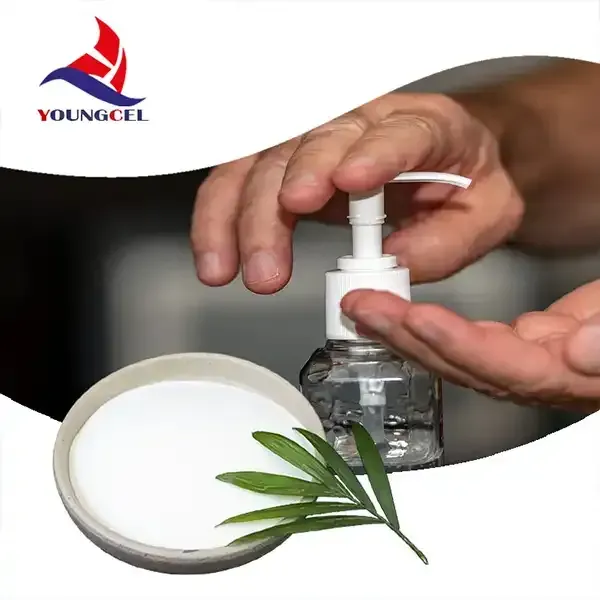Understanding Cellulose Ether A Deep Dive into Hydroxypropyl Methylcellulose (HPMC)
Hydroxypropyl Methylcellulose (HPMC) is an essential cellulose ether widely used in various industries, ranging from food production to pharmaceuticals and construction. As a derivative of cellulose, which is a naturally occurring polymer found in plant cell walls, HPMC has unique properties that make it suitable for a multitude of applications. In this article, we will explore the characteristics, applications, and benefits of HPMC, as well as its growing importance in modern industries.
What is HPMC?
HPMC is synthesized by chemically modifying cellulose. The process involves etherification, where hydroxypropyl groups and methyl groups are introduced to the cellulose backbone. This modification not only increases solubility in water but also enhances the thermal stability and film-forming capabilities of the polymer. HPMC is typically available as a white to off-white powder that is odorless and tasteless. When added to water, it forms a viscous gel, making it an excellent thickening and stabilizing agent.
Physical and Chemical Properties
One of the key properties of HPMC is its ability to form viscous solutions at varying concentrations. This feature is highly dependent on the degree of substitution of the hydroxypropyl and methyl groups, which can be adjusted during synthesis. HPMC is non-ionic, which means it does not ionize in water, resulting in good compatibility with other ingredients, and it remains stable under a wide range of pH conditions. Moreover, its thermoplastic behavior allows it to be processed at elevated temperatures without degrading.
Applications of HPMC
1. Food Industry In the food sector, HPMC is frequently used as a food additive for its thickening and emulsifying properties. It is commonly found in baked goods, sauces, dressings, and confectionery products. Due to its water-retention capabilities, HPMC helps maintain moisture in food items, enhancing texture and shelf life.
cellulose ether hpmc

2. Pharmaceuticals HPMC plays a significant role in formulating pharmaceutical products. It serves as a binder, thickener, and film-forming agent in tablets and coatings. The controlled release of medications can be achieved using HPMC matrices, which is particularly beneficial for sustained-release formulations.
3. Construction Industry In construction, HPMC is used in mortar and plaster compositions. It acts as a water retention agent, preventing rapid drying and ensuring the workability of mixtures. HPMC improves the adhesion of cement mixtures, enhancing the overall performance of construction materials.
4. Personal Care Products HPMC is also utilized in the cosmetic and personal care industry. It is found in lotions, creams, and gels, where it serves as a thickening agent and improves product stability.
Benefits of HPMC
The versatility of HPMC stems from its numerous benefits. Its non-toxic nature makes it an attractive option for food and pharmaceutical industries, where safety is paramount. Additionally, as a plant-derived product, it appeals to the increasing consumer preference for natural ingredients. HPMC is also biodegradable, making it an environmentally friendly choice.
Moreover, the customization of HPMC properties through variations in its substitution levels allows manufacturers to tailor it to meet specific functional requirements. This adaptability makes it a preferred choice in many formulations.
Conclusion
Hydroxypropyl Methylcellulose (HPMC) exemplifies the versatility of cellulose ethers in modern industry. Its unique properties and wide range of applications across food, pharmaceuticals, construction, and personal care highlight its significance in both everyday products and specialized formulations. As industries continue to evolve, HPMC's role is likely to expand, paving the way for innovations that leverage its unique characteristics. The ongoing research and development in cellulose derivatives promise exciting advancements, solidifying HPMC’s position as a vital component in modern formulations.




